Today, we’re diving into the heavyweight showdown: LANDR Mastering Plugin Pro vs iZotope Ozone 11 Advanced.
Two completely different philosophies of mastering collide here, one promises simplicity and speed with AI-driven decisions, while the other gives you an entire sonic playground to tweak until your brain melts.
Mastering has always been one of those mysterious dark arts in music production. Back in the day, it felt like you needed golden ears, expensive hardware, and maybe even a wizard robe to get anything close to “radio ready.” But now? You can drop a plugin on your master bus, click a few buttons, and get a polished result that would’ve blown my mind ten years ago.
Still, I’ve always had mixed feelings about AI mastering tools. I mean, can a machine really understand the soul of your track? But after spending real time with both LANDR and Ozone, I can honestly say each one surprised me in different ways. One feels like a reliable co-pilot who just gets the job done fast, while the other is like a control room full of gear at your fingertips.
So let’s compare them head-to-head. Whether you’re chasing quick results for your demo or sculpting a master for release with surgical precision, this battle of plugins will help you figure out which tool deserves a permanent spot in your workflow.
Features
| Feature | LANDR Mastering Plugin Pro | iZotope Ozone 11 Advanced |
| AI Mastering | Real-time AI mastering directly in DAW | AI Mastering Assistant with tonal balance and genre detection |
| Modules / Tools | EQ, Presence, De-Esser, Stereo Width, Dynamics, Saturation, Loudness | 18 modules including EQ, Maximizer, Imager, Dynamic EQ, Exciter, Clarity, Impact, Low-End Focus, Vintage suite, Stem Focus |
| Mastering Styles | 3 styles (Warm, Balanced, Open) | Genre-based tonal balance + reference matching |
| Customization Depth | Simple, broad controls for tonal shaping | Advanced per-band, mid/side, transient/sustain, stem-level editing |
| Visualization | Spectral display showing before/after | Detailed meters, Delta buttons, Tonal Balance Control, Audiolens integration |
| Stem Processing | Not available | Stem Focus (vocals, bass, drums) |
| Ease of Use | Beginner-friendly, fast results | Steeper learning curve, pro-level depth |
| CPU Usage | Can be heavy in real-time | Moderate to heavy depending on modules used |
| Best For | Quick, polished masters, indie artists, small projects | Professional mastering, detailed control, advanced producers |
Sound and Character
When it comes to mastering, the sound is the only thing that really matters in the end. I can admire a slick interface all day, but if the plugin makes my mix sound dull or overly squashed, I’m out.
With LANDR and Ozone 11, we’re looking at two very different philosophies of sound: one that’s immediate and radio-polished, and one that’s precise, flexible, and deeply customizable.
LANDR Mastering Plugin Pro
LANDR has a distinctly modern and glossy tone. I’d describe it as leaning toward commercial loudness and clarity, with a tendency to emphasize the highs and tighten the low end.
On my EDM and trap projects, it instantly gave me that “finished” sheen I’d expect from a Spotify-ready release. The kick punches harder, the vocals pop forward, and the whole thing just feels glued together.
But on acoustic and more organic material, LANDR’s approach can sometimes feel too heavy-handed. When I mastered a folk track, the natural guitar transients were slightly softened, and the vocal dynamics got leveled more than I’d like. It wasn’t unusable, actually; it sounded pretty smooth, but it lacked the subtle, airy nuance I wanted.
The big thing to highlight is the AI engine: LANDR analyzes the track’s tonal balance and applies EQ, compression, and limiting choices on the fly. You can nudge it toward different styles (punchy, warm, open), but the sound is still very much “LANDR’s vision” rather than your own. If you’re cool with that, it works beautifully for pop, EDM, hip-hop, indie rock, and demo polishing.
iZotope Ozone 11 Advanced
Ozone 11 is a different beast. The sound is incredibly versatile; you can go from transparent and untouched to bold and colorful, depending on how you use the modules.
On orchestral and jazz recordings, I leaned into its precision EQ, dynamic EQ, and the Maximizer in IRC IV mode. The result was a master that felt untouched but refined: the woodwinds breathed naturally, the strings had space, and the stereo image felt wide but not exaggerated.
On heavier electronic and rock mixes, I could push the Vintage Limiter, add Exciter harmonics, and use the Imager to widen synth stacks. The character here is whatever you want it to be. Ozone doesn’t impose a “sound” on your track; it gives you tools to sculpt exactly what you’re hearing in your head.
One standout for me is Stem Focus. Being able to clean up just the low end of a hip-hop track without touching the rest of the mix is huge. LANDR can’t come close to that level of control.
It also means Ozone handles genre variety far better; you can use it for lofi hip-hop, modern cinematic scores, delicate piano solos, or brutal metal mixes, and it will adapt.
Comparison
Here’s the blunt truth: LANDR has a signature sound, Ozone doesn’t. LANDR is quick, loud, and modern, great for commercial pop, EDM, and quick demos. Ozone is detailed, adaptable, and infinitely tweakable, ideal for professional releases where subtlety and precision matter.
If LANDR feels like running your track through a polished preset chain, Ozone feels like sitting in a mastering suite with every tool laid out for you. For me, LANDR is the “instant win” for sketch ideas and self-released singles, while Ozone is the long game for albums, film scoring, or anything heading to streaming and vinyl.
Features and Interface
- Key Feature 1: AI vs. Manual Control
Well, LANDR’s entire design revolves around artificial intelligence. The plugin listens to your track, analyzes frequency balance, loudness, and dynamics, and then applies EQ, compression, limiting, and stereo adjustments automatically.
You can nudge the result toward different “styles,” but you never really see the nuts and bolts. This is both a blessing and a curse: it saves time and avoids decision paralysis, but if you don’t like the result, your only option is to try again with different settings.
Ozone 11 takes the opposite route. It includes AI-powered helpers like Master Assistant, but the real power lies in manual control. You can fine-tune individual EQ nodes, apply dynamic EQ only in specific ranges, add multiband harmonic saturation, and even choose between different limiting algorithms.
In practice, this means Ozone can get you to the same polished finish as LANDR, but you’re the one steering the ship.
- Key Feature 2: Stem Processing
This is where Ozone pulls ahead decisively. Stem Focus lets you target specific elements inside a stereo mix without needing the original multitrack session.
For example, you can clean up muddy low end by focusing only on the bass, or tame harsh vocals without touching the guitars. LANDR has no equivalent feature; it treats the mix as one complete stereo file and applies broad, overall adjustments.
For simple tracks this works fine, but for dense mixes with clashing elements, Ozone offers far more control.
- Key Feature 3: Presets and Style Options
LANDR keeps things streamlined with broad tonal choices like “Warm,” “Punchy,” or “Open.” These are easy to apply and instantly shift the character of the master, but they don’t give you fine control. It’s very much a “click and see” system, good for quick experimentation but not for tailoring specific details.
Ozone’s preset system is far more advanced. It has genre-based starting points, reference-track matching, and AI-generated chains that adapt to your mix.
More importantly, every preset is fully editable. If you load a rock preset but find the low end too heavy, you can go straight into the EQ or dynamics module and tweak it. LANDR can’t offer that level of customization, it’s either take it or leave it.
- Key Feature 4: Real-Time Feedback and Visualization
One of Ozone’s biggest strengths is its visual environment. It gives you detailed meters for LUFS, peak levels, stereo width, dynamic range, and spectral balance. The spectrogram shows exactly where EQ and dynamics are applied, which is invaluable for learning and precision work.
LANDR, by contrast, is intentionally stripped back. It offers a basic visualizer and loudness meter, but it doesn’t show how EQ curves or compressors are being applied. This makes it easier for beginners to use, but advanced users may feel like they’re working blind.
- Key Feature 5: Workflow Speed
In terms of speed, LANDR wins hands down. You can drag a track in, choose a style, and get a master back in less than a minute. It’s perfect for demos, quick references, or indie releases where time matters more than surgical control.
Ozone takes more time, sometimes a lot more, depending on how deep you dive into the modules, but the tradeoff is refinement.
I’ve often used LANDR for rough demos to send to collaborators, but when it comes time for the final release, Ozone is where I land.
- Key Feature 6: Updates and Ecosystem
LANDR is a standalone tool; it does its job inside the plugin or online, and that’s it. There’s no broader ecosystem to tie into mixing or analysis.
Ozone, however, is part of iZotope’s larger suite. It integrates with Tonal Balance Control for global mix referencing and Audiolens for reference track matching without needing the actual audio file. If you’re already using iZotope products, Ozone feels like a natural extension of your workflow.
- Interface
The difference in interface design reflects each plugin’s philosophy. LANDR’s interface is minimalist: one main screen, a few style sliders, and a simple visualizer. It feels uncluttered and friendly, but also shallow, you won’t find any advanced routing or modular setups here.
Ozone’s interface, by contrast, is modular and layered. Each processing stage (EQ, Dynamics, Imager, Maximizer, etc.) sits in its own tab, with detailed controls and visual feedback. The learning curve is steeper, but once you get used to it, the interface makes complex mastering chains manageable and even intuitive.
Performance & Compatibility
When it comes to mastering plugins, performance and system compatibility are just as important as sound. Both LANDR and Ozone 11 Advanced are powerful, but they approach processing differently, which affects CPU usage, real-time responsiveness, and platform support.
Compatibility & Formats
| Feature | LANDR Mastering Plugin Pro | iZotope Ozone 11 Advanced |
| Platforms | macOS, Windows | macOS, Windows |
| Formats | VST2, VST3, AU, AAX | VST2, VST3, AU, AAX |
| Standalone Mode | No | Yes |
| Mobile / Cloud Integration | Limited | No (desktop only) |
CPU Use & Performance
LANDR is AI-driven and optimized for fast results, but its real-time processing can be CPU-intensive, especially on older systems or when using higher-resolution masters. I noticed small latency spikes when running multiple instances in large sessions.
Ozone 11 Advanced gives you more control over processing intensity. Modules like Dynamic EQ, Stem Focus, and Exciter can increase CPU usage, but the plugin allows you to bypass or freeze modules, which is handy for large sessions. Overall, it’s heavier than LANDR but more predictable once you manage module load.
| Metric | LANDR Mastering Plugin Pro | iZotope Ozone 11 Advanced |
| Real-Time Processing | Fast but CPU-heavy on large projects | Adjustable, can bypass modules to save CPU |
| Offline Processing | Instant AI mastering | Faster with rendered stems |
| Latency | Low, minor spikes under heavy load | Low, manageable with module bypass |
| Resource Management | Limited options | Flexible module control, better for complex sessions |
This gives a clear overview for readers comparing system impact, platform support, and overall performance.
In Practice
When it comes to real-world usage, mastering plugins need to not only sound great but also fit seamlessly into your workflow. Let’s see how LANDR and Ozone 11 perform across different scenarios.
- Use Case 1: Mastering Finished Tracks
LANDR shines for quick, polished masters. I found that for indie releases, demos, or tracks that need fast turnaround, the AI-driven processing delivers surprisingly clean results with minimal effort.
The 3 mastering styles, Warm, Balanced, and Open, provide a solid starting point, and the real-time adjustments let me hear the results instantly. For someone who wants to get a track release-ready without diving deep into technical details, LANDR is ideal.
Ozone 11 Advanced takes a more hands-on approach. Using the Maximizer, EQ, and Dynamic modules, I could tailor the master to exact specifications. Stem Focus was especially helpful when I needed to tweak the vocals without affecting the rest of the mix.
The learning curve is higher, but the level of precision and control is unmatched. I’d recommend Ozone for professional releases where you need total command over your sound.
In comparison, LANDR is about speed and accessibility, while Ozone is about depth and customization. If I’m in a hurry, LANDR is my go-to; if I want studio-grade precision, Ozone wins every time.
- Use Case 2: Mixing and Pre-Master Checks
While both plugins are primarily for mastering, they can assist during mixing. With LANDR, I liked using the AI feedback to check tonal balance and loudness quickly. It’s almost like having a quick reference mix; I can tweak the mix bus knowing roughly how the master will react. However, its lack of detailed visual meters means I’m mostly trusting the AI’s decisions.
Ozone 11, by contrast, is excellent as a mixing reference tool. The Tonal Balance Control, real-time metering, and spectral analysis let me make precise adjustments to EQ, stereo width, and dynamics before even touching the master chain.
Stem Focus allows me to listen critically to vocals or drums in context, which is invaluable for mixing decisions. It’s more time-consuming than LANDR, but the insight it provides is much deeper.
Overall, for quick tonal checks, LANDR is convenient; for detailed pre-master evaluation, Ozone is far more reliable and informative.
- Use Case 3: Genre-Specific Mastering
For electronic, pop, or lo-fi tracks, LANDR excels. The Warm and Open styles quickly enhance punch and clarity, and I can rely on the AI to balance dynamics appropriately. For dance or chill tracks where speed and consistency matter, it’s a fantastic tool.
Ozone 11 is my choice for genres demanding surgical precision, like rock, jazz, or orchestral music. With Dynamic EQ, Maximizer, Vintage modules, and Stem Focus, I can craft a master that retains every nuance. For example, I could preserve drum transients while bringing out vocal presence without introducing harshness, a level of control LANDR can’t offer.
In short, LANDR is great for straightforward, genre-neutral mastering, while Ozone shines for complex, nuanced projects where every element needs attention.
Conclusion
After spending time with both LANDR Mastering Plugin Pro and iZotope Ozone 11 Advanced, it’s clear that each serves a distinct purpose. LANDR impressed me with its speed, simplicity, and AI-driven results, it’s perfect when I need a polished master quickly without overthinking every detail.
Ozone 11 Advanced, on the other hand, feels like a full studio in a plugin. The control, precision, and depth it offers are unmatched, making it my choice for projects where I want to fine-tune every element. It’s a bit more demanding in terms of workflow and CPU, but for serious mastering, it’s worth it.
Ultimately, your choice depends on workflow and priorities. If speed and accessibility matter most, LANDR is a fantastic co-pilot. If you crave full control and advanced features, Ozone 11 Advanced will give you the power to shape your sound exactly how you envision it. Either way, both plugins elevate your mastering game in meaningful ways!
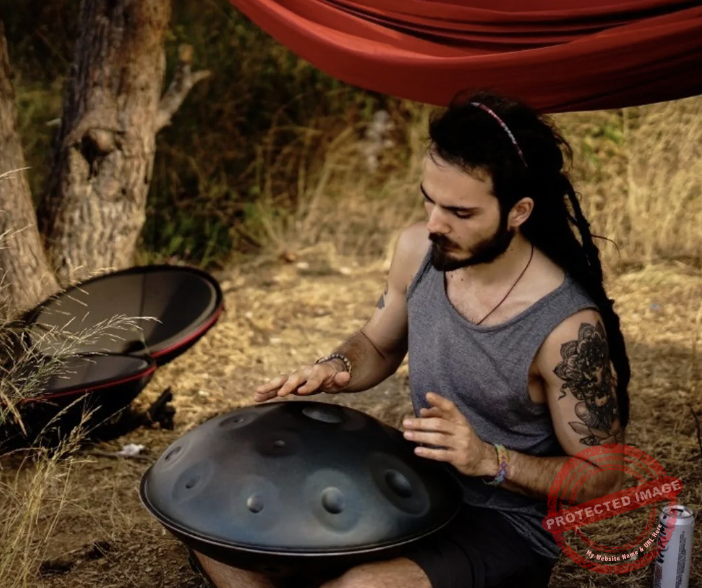
Berk Öztuna, a musician from Istanbul, is skilled in handpan, percussion, and guitar, performing and recording his own compositions globally. With expertise in music production and audio technology, he integrates virtual instruments and sound design tools seamlessly into his work. He also writes insightful articles on music production and gear for platforms like Plugin Noise and shares his music on Spotify and Instagram.
DONATE: Love our content? Help us keep Plugin Noise alive in the age of AI — Your donation fuels better content for music creators like you! You can donate here: pluginoise@gmail.com (Every amount counts.)


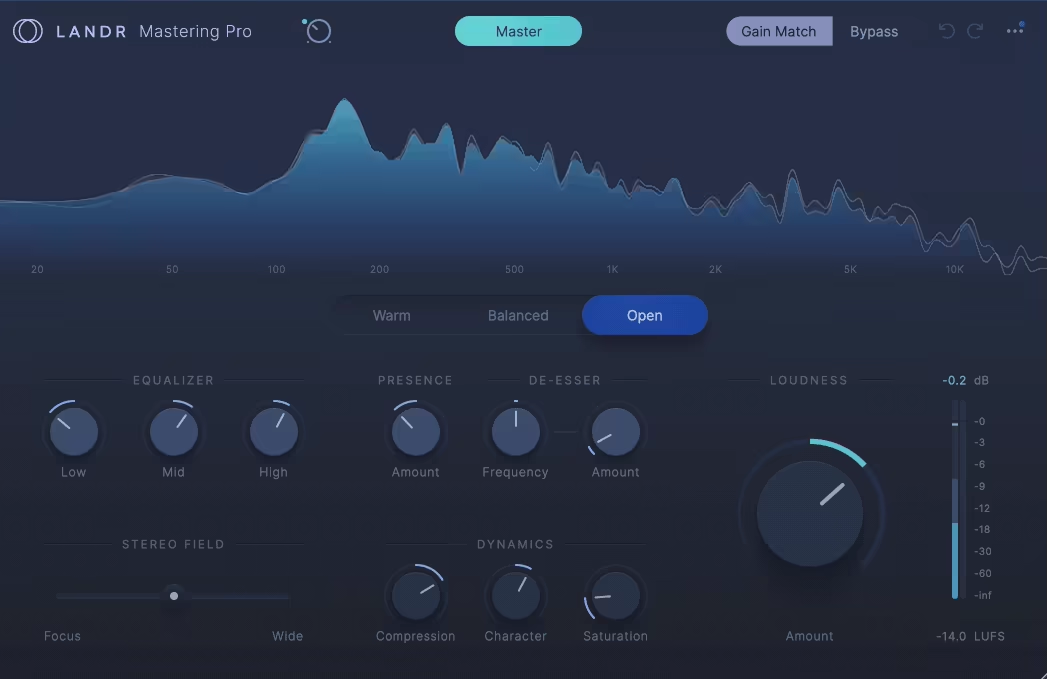
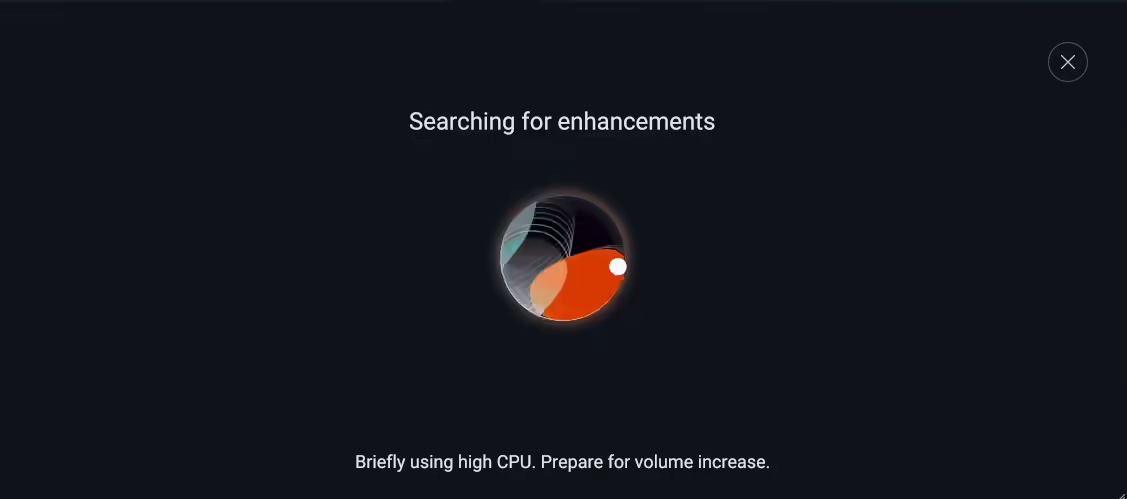
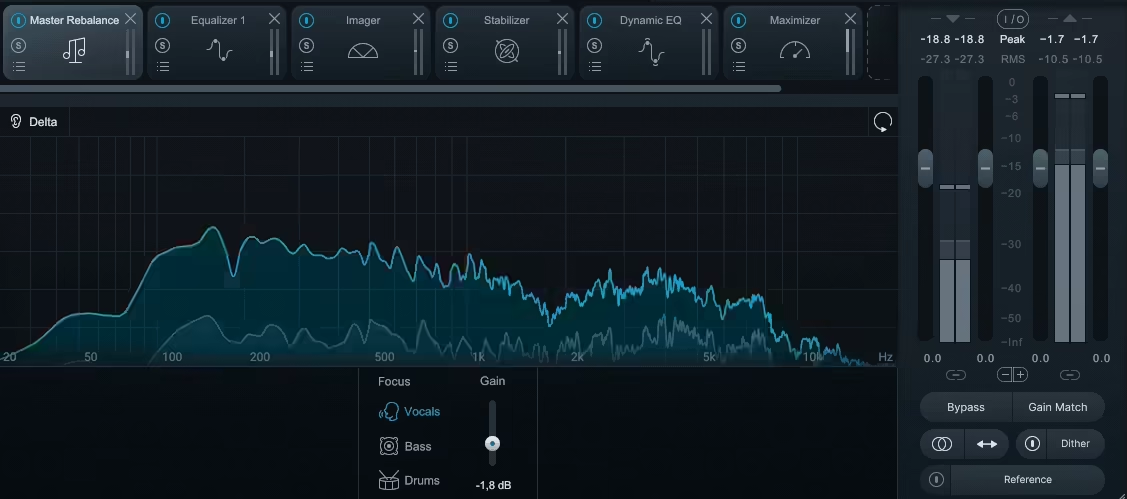

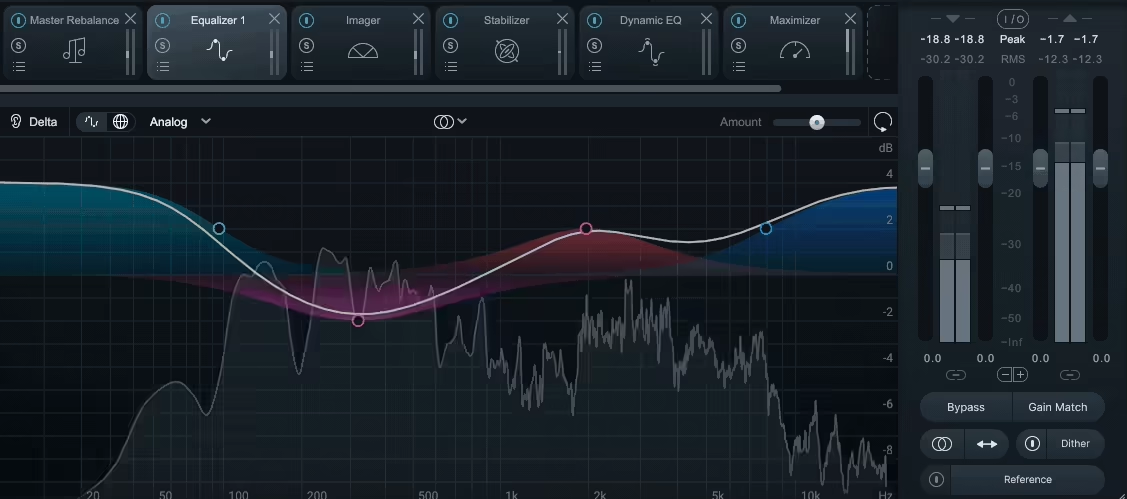
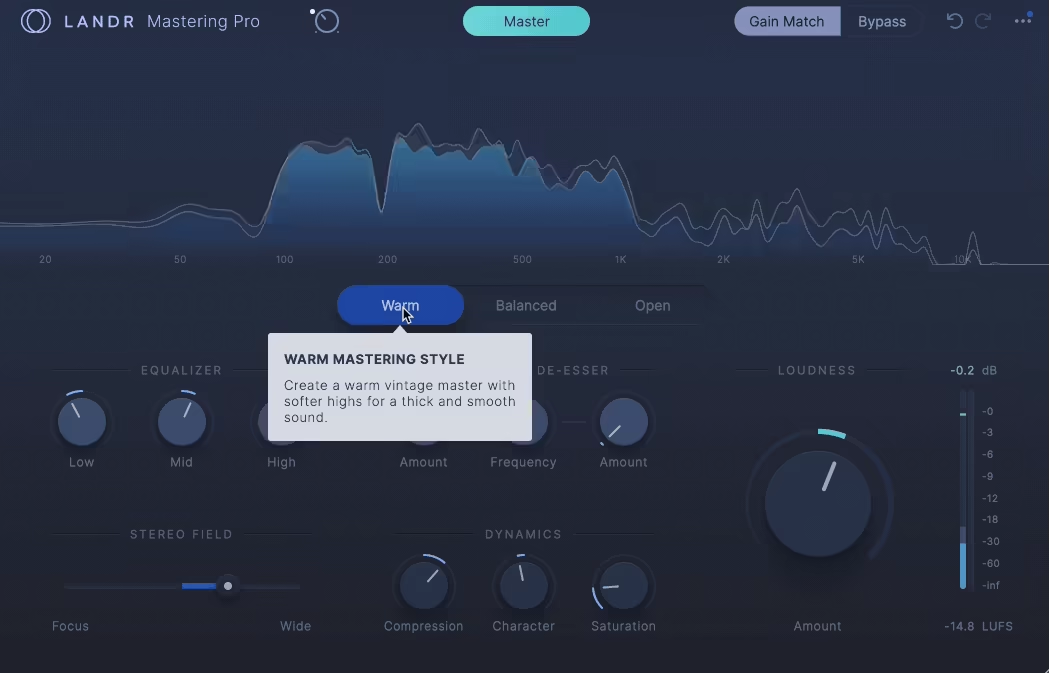
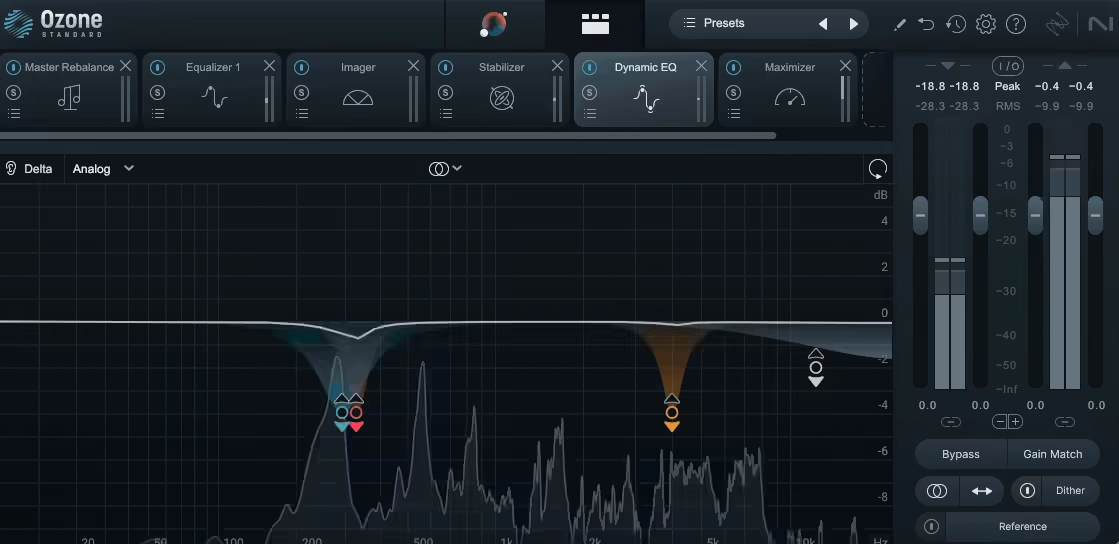
do you think AI tools like LANDR will ever get nuanced enough to replace that human ear-driven subtlety Ozone allows, or will there always be a ceiling for what AI mastering can achieve?
yep, AI tools/plugins like LANDR are definitely getting better, and for a lot of you they’ll get the job done quickly without much hassle.. But – when you’re chasing that last bit of vibe and subtlety you will notice how much a human ear (ex Ozobe) still adds. An engineer can catch little details you might not even know you wanted, while AI just follows patterns it’s learned. Over time, AI will probably sound more natural and give you more control, but there’ll always be that ceiling where you need a person to really “get” your music. So if you want fast and decent, AI’s great – but if you want your track to feel alive, you’ll always want someone human in the mix for sure!